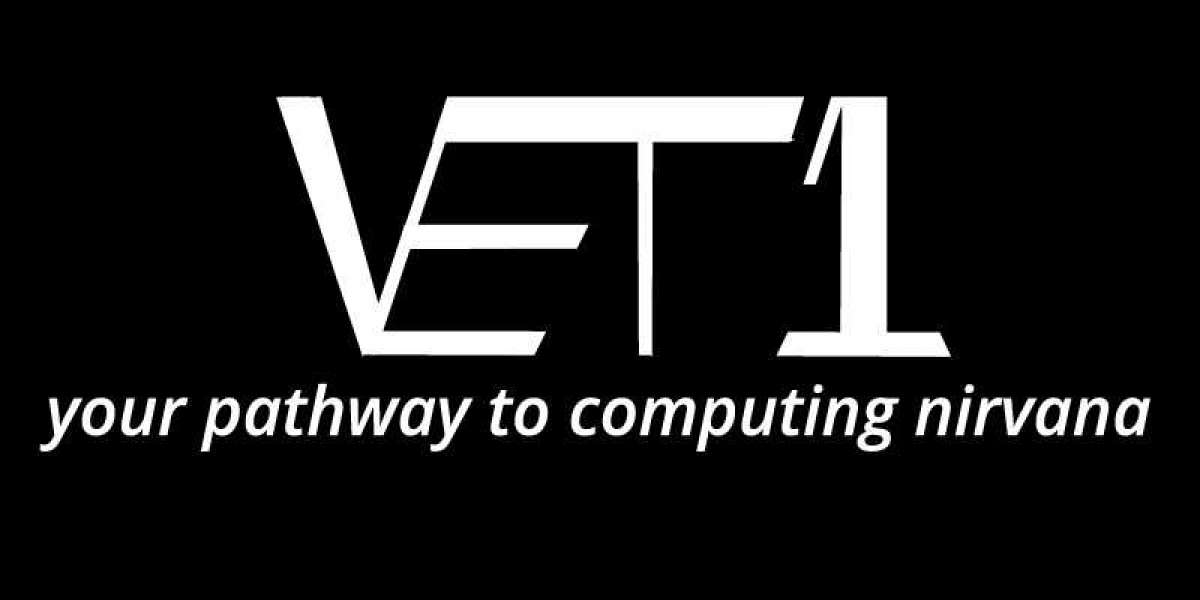The landscape of nonprofit operations is in constant flux, driven by evolving technological capabilities, shifting donor expectations, and an increasing demand for demonstrable impact. For United States-based nonprofits, particularly those leveraging Salesforce Nonprofit Cloud, staying ahead of these trends is crucial for maximizing their effectiveness and achieving their missions. As we navigate 2025, five key trends are significantly shaping how these organizations are implementing and utilizing Salesforce Nonprofit Cloud to scale their impact and build stronger, more resilient operations.
1. The Rise of Hyper-Personalization and Data-Driven Engagement:
Nonprofits are increasingly recognizing that a one-size-fits-all approach to donor engagement and program delivery is no longer sufficient. Donors expect personalized communication that resonates with their individual interests and values, while program participants benefit from tailored support that addresses their specific needs. In 2025, we're seeing a significant push towards hyper-personalization within Salesforce Nonprofit Cloud implementations.
- Sophisticated Segmentation: Nonprofits are moving beyond basic demographic segmentation to leverage richer data points within Salesforce – including giving history, engagement with specific campaigns, volunteer activities, program participation, and even expressed interests gleaned from surveys and interactions. This allows for the creation of highly targeted audience segments for fundraising appeals, volunteer recruitment, and program outreach. For example, a hunger relief organization might segment donors who have previously supported children's programs for a campaign focused on summer meal initiatives, tailoring the messaging and impact stories accordingly.
- AI-Powered Insights and Recommendations: Artificial intelligence (AI) and machine learning (ML) are becoming increasingly integrated into Salesforce Nonprofit Cloud. These technologies can analyze vast datasets to identify patterns, predict donor behavior (e.g., likelihood to give, potential for major gifts), and provide personalized recommendations for engagement strategies. For instance, AI could identify donors who are likely to lapse based on their recent engagement patterns and suggest proactive outreach to re-engage them. Similarly, AI can help program staff identify participants who might benefit from additional resources or support based on their progress and needs.
- Personalized Communication Journeys: Leveraging Salesforce Marketing Cloud or integrated marketing automation tools, nonprofits are designing personalized communication journeys that nurture relationships over time. These journeys can be triggered by specific actions or milestones, delivering relevant content and engagement opportunities at the right moment. A new donor, for example, might receive a series of welcome emails showcasing the organization's impact and offering various ways to get involved, while a long-term supporter might receive exclusive updates and invitations to special events aligned with their giving history.
2. The Imperative of Integrated Impact Measurement and Reporting:
Funders, boards, and the public are increasingly demanding greater accountability and transparency from nonprofits. Demonstrating tangible impact is no longer a secondary consideration but a core requirement for securing funding and maintaining trust. In 2025, we're witnessing a strong trend towards more deeply integrated impact measurement and reporting within Salesforce Nonprofit Cloud.
- Customizable Outcomes Frameworks: Nonprofits are leveraging Salesforce to build customized outcomes frameworks that align with their specific missions and programs. This involves defining clear indicators, setting measurable targets, and establishing data collection processes within the platform. For an environmental conservation organization, this might involve tracking metrics like acres of habitat restored, number of endangered species monitored, or volunteer hours dedicated to conservation efforts.
- Real-time Data Dashboards and Visualizations: Salesforce dashboards are becoming increasingly sophisticated, providing real-time visibility into key performance indicators (KPIs) and program outcomes. Customizable visualizations make it easier for staff, leadership, and even external stakeholders to understand the organization's progress towards its goals. For a youth development organization, dashboards might display metrics related to program enrollment, participant engagement, educational attainment, and behavioral changes.
- Integrated Reporting and Analytics: Salesforce is facilitating the creation of comprehensive impact reports that can be easily shared with funders and the wider community. Integrated analytics tools allow nonprofits to analyze their data, identify trends, and gain insights into what's working and what needs improvement. This data-driven approach strengthens their ability to adapt their strategies and maximize their effectiveness.
- Connecting Activities to Outcomes: A key focus in 2025 is on establishing clear linkages between program activities and desired outcomes within Salesforce. This allows nonprofits to demonstrate how specific actions contribute to their overall mission impact. For instance, a job training program can track the number of workshops conducted, the skills learned by participants, and ultimately, the number of participants who secure employment, directly linking program activities to employment outcomes.
3. The Expanding Role of Mobile and Digital Engagement:
In an increasingly digital-first world, nonprofits must meet their constituents where they are – online and on their mobile devices. In 2025, we're seeing a significant emphasis on leveraging Salesforce Nonprofit Cloud to enhance mobile and digital engagement.
- Mobile-First Design and Accessibility: Nonprofit websites, online donation forms, and community portals built on or integrated with Salesforce are prioritizing mobile-first design to ensure a seamless experience across all devices. Accessibility is also a growing focus, ensuring that digital resources are inclusive and usable by individuals with disabilities.
- SMS and Mobile Messaging: SMS and other mobile messaging platforms are becoming increasingly important tools for nonprofits to communicate with donors, volunteers, and program participants. Salesforce integrations allow for targeted mobile campaigns, event reminders, and real-time updates. For example, an emergency relief organization can use SMS to quickly disseminate critical information and request assistance from volunteers during a disaster.
- Virtual Events and Online Communities: The shift towards virtual engagement accelerated in recent years and continues to be a significant trend in 2025. Nonprofits are leveraging Salesforce Community Cloud and integrated video conferencing tools to host virtual fundraising events, online workshops, and virtual volunteer orientations, expanding their reach and engagement opportunities. Online communities foster a sense of belonging and allow supporters to connect with each other and the organization.
- Social Media Integration: Seamless integration between Salesforce and social media platforms is crucial for amplifying outreach and engagement efforts. Nonprofits are using Salesforce to track social media interactions, manage campaigns across different channels, and gain insights into their online audience.
4. The Growing Emphasis on Data Security and Privacy:
With increasing data breaches and evolving privacy regulations, data security and privacy are paramount for nonprofits. In 2025, we're seeing a heightened focus on implementing robust security measures and ensuring compliance within Salesforce Nonprofit Cloud environments.
- Enhanced Security Protocols: Nonprofits are investing in enhanced security protocols within their Salesforce implementations, including multi-factor authentication, data encryption, and regular security audits. Protecting sensitive donor and program participant data is not only a legal and ethical obligation but also crucial for maintaining trust and credibility.
- Compliance with Data Privacy Regulations: Staying compliant with evolving data privacy regulations such as GDPR and CCPA is a top priority. Nonprofits are leveraging Salesforce features and third-party integrations to manage consent, track data usage, and ensure that they are handling personal information responsibly.
- Data Governance and Training: Establishing clear data governance policies and providing comprehensive training to staff on data security and privacy best practices are essential. Nonprofits are recognizing that a strong security posture requires both technological safeguards and a culture of data responsibility.
5. The Continued Evolution Towards Platform Integration and Ecosystem Expansion:
Salesforce Nonprofit Cloud is increasingly being viewed as a central platform that integrates with a wider ecosystem of specialized applications and tools. In 2025, we're seeing a continued trend towards seamless integration to enhance functionality and streamline operations.
- APIs and AppExchange Solutions: Salesforce's robust APIs and the extensive AppExchange marketplace offer nonprofits a wide range of pre-built integrations with solutions for marketing automation, accounting, event management, payment processing, and more. This allows organizations to customize their Salesforce environment to meet their specific needs without extensive custom development.
- Headless CMS and Digital Experience Platforms (DXPs): Nonprofits are exploring headless Content Management Systems (CMS) and Digital Experience Platforms (DXPs) that can integrate with Salesforce to deliver personalized and engaging digital experiences across various channels, from websites and mobile apps to email and social media.
- Data Warehousing and Business Intelligence (BI) Tools: For organizations with complex data analysis needs, integration with data warehousing and BI tools allows for deeper insights and more sophisticated reporting beyond the standard Salesforce capabilities. This enables them to identify trends, measure long-term impact, and make more informed strategic decisions.
Conclusion:
The implementation of Salesforce Nonprofit Cloud in 2025 is being shaped by a dynamic interplay of technological advancements, evolving expectations, and a growing emphasis on impact and accountability. By embracing hyper-personalization, prioritizing integrated impact measurement, enhancing mobile and digital engagement, strengthening data security and privacy, and leveraging platform integration, US nonprofits can harness the full power of Salesforce to scale their missions, build stronger relationships with their constituents, and ultimately create a greater positive impact on the world. Staying attuned to these key trends will be crucial for nonprofits seeking to thrive and make a meaningful difference in the years to come.








